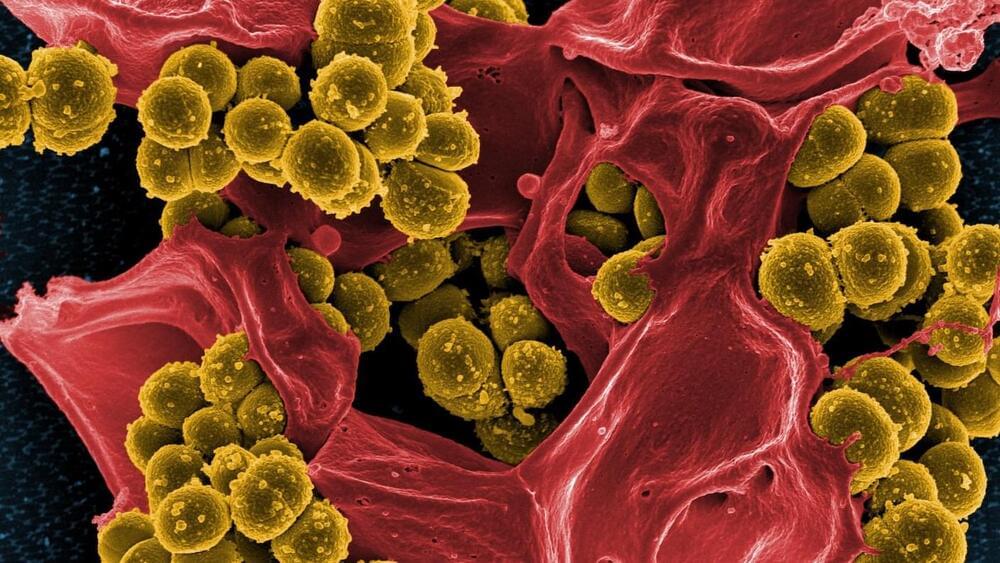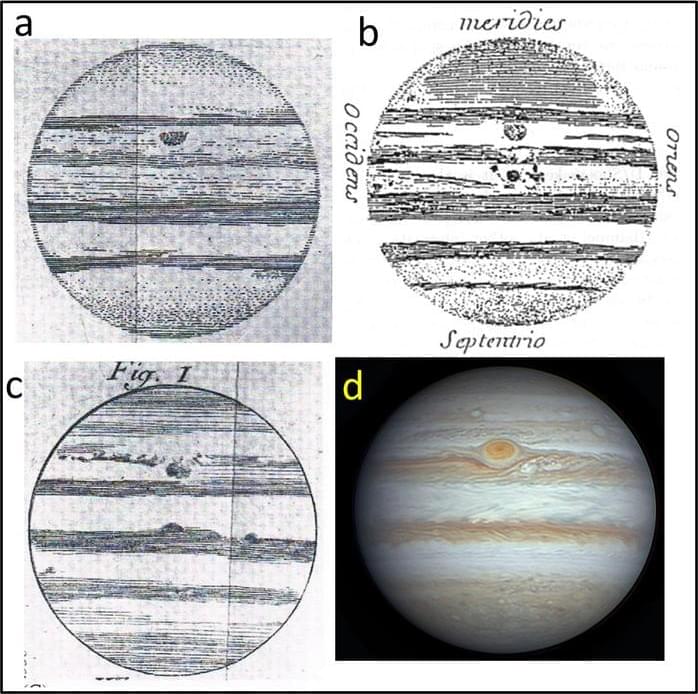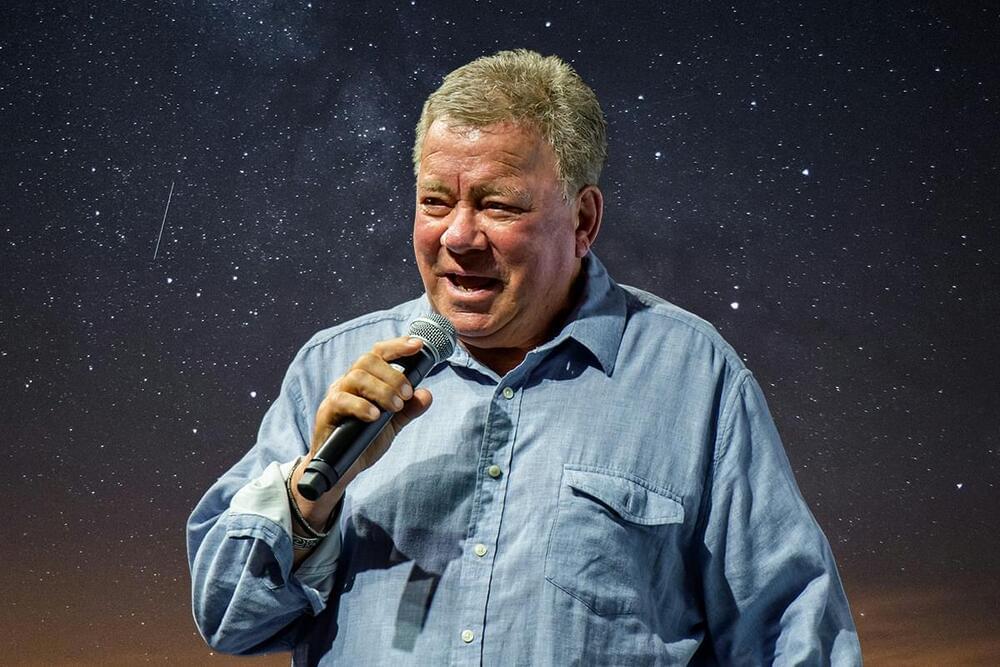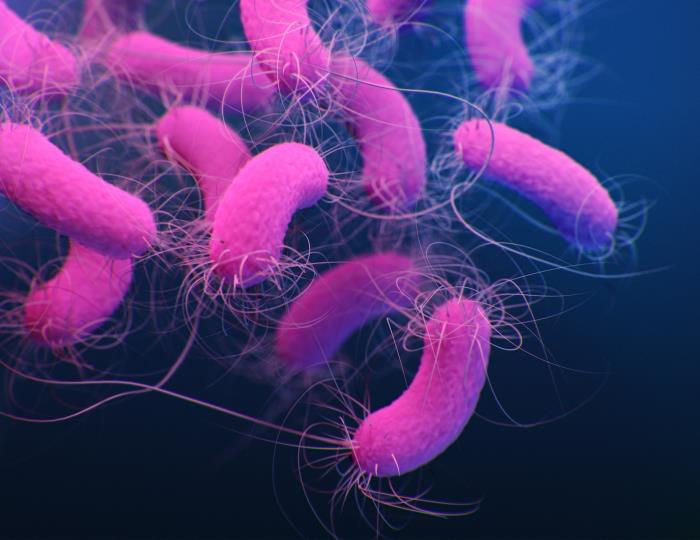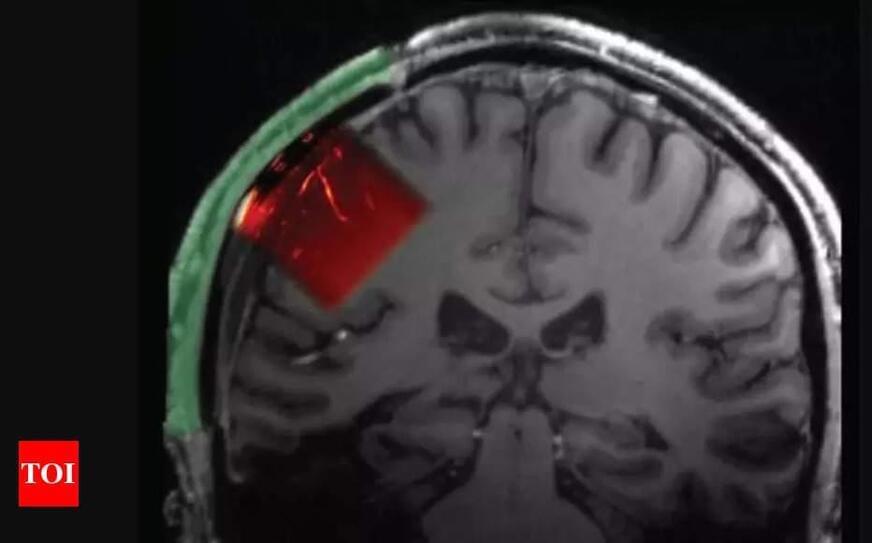“There is an urgent need for new methods for antibiotic discovery,” Dr. Luis Pedro Coelho, a computational biologist and author of a new study on the topic, said in a press release.
Coelho and team tapped into AI to speed up the whole process. Analyzing huge databases of genetic material from the environment, they uncovered nearly one million potential antibiotics.
The team synthesized 100 of these AI-discovered antibiotics in the lab. When tested against bacteria known to resist current drugs, they found 63 readily fought off infections inside a test tube. One worked especially well in a mouse model of skin disease, destroying a bacterial infection and allowing the skin to heal.
